Antenatal care practices among hard-to-reach fishing communities on Lake Victoria : a community-based cross-sectional survey
Authors & affiliation
Ali Ssetaala, Joan Nabawanuka, Gideon Matovu, Nusula Nakiragga, Judith Namugga, Phiona Nalubega, Henry Lutalo Kaluuma, Katrina Perehudoff, Kristien Michielsen, Bernard Bagaya, Noah Kiwanuka, Olivier Degomme
Abstract
Background: Uganda has one of the highest maternal deaths in sub-Saharan Africa, with a mortality ratio of 336 per 100 000 live births. Early regular antenatal care (ANC) helps prevent adverse outcomes, including deaths, through prevention, identification, treatment, and/or referral of at-risk women. We explored ANC practices and associated factors among women from hard-to-reach Lake Victoria islands fishing communities in Kalangala district, Uganda. Methods: A cross-sectional survey among 486 consenting women aged 15 to 49 years, who were pregnant or had a birth or abortion in the past 6 months was conducted in 6 island fishing communities of Kalangala district, Uganda, during January to May 2018. ODK software interviewer-administered questionnaires were used to collect data on sociodemographics and ANC practices. Regression modeling using STATA version 15 was used to determine factors associated with ANC visits. Results: Women's median (range) age was 26 (15-45) years, 63% (304/486) had up to primary level education, 45% (219/486) were housewives (stay home mums), 87% (423/486) were married. ANC visits ranged from 0 to 10, with over three-fifths of women having their first visit late after 3 months of being pregnant (63%, 198/316). Women without a history of pregnancy loss (adjusted odds ratio [AOR] = 1.8, 95% CI 1.1-3.0), those not staying with their partners (AOR = 2.5, 95% CI 1.1-6.0), and those whose partners were working in fishing-related activities (AOR = 1.8, 95% CI 1.0-3.0) were likely to have started care late. Women from communities with a public health facility and those with partners working in none fishing-related activities had the highest predicted number of visits. Conclusion: Antenatal practices among these communities are characterized by late start of care. Community-led early ANC awareness interventions are needed. Targeted health policies need to consider public ANC facilities for each island for improved antenatal outcomes and maternal health.
Related publications
Leonardo Chavane, Martinho Dgedge, Olivier Degomme, Osvaldo Loquiha, Marc Aerts, Marleen Temmerman
2015 Opportunities to improve postpartum care for mothers and infants : design of context-specific packages of postpartum interventions in rural districts in four sub-Saharan African countriesEls Duysburgh, Birgit Kerstens, Seni Kouanda, Charles Paulin Kabore, Danielle Belemsaga Yugbare, Peter Gichangi, Gibson Masache, Beatrice Crahay, Gilda Gondola Sitefane, Nafissa Bique Osman, Severiano Foia, Henrique Barros, Sofia Castro Lopes, Susan Mann, Bejoy Nambiar, Tim Colbourn, Marleen Temmerman
2016 Global, regional, and national levels and trends in maternal mortality between 1990 and 2015, with scenario-based projections to 2030 : a systematic analysis by the UN Maternal Mortality Estimation Inter-Agency GroupLeontine Alkema, Doris Chou, Daniel Hogan, Sanqian Zhang, Ann-Beth Moller, Alison Gemmill, Doris Ma Fat, Ties Boerma, Marleen Temmerman, Colin Mathers, Lale Say

